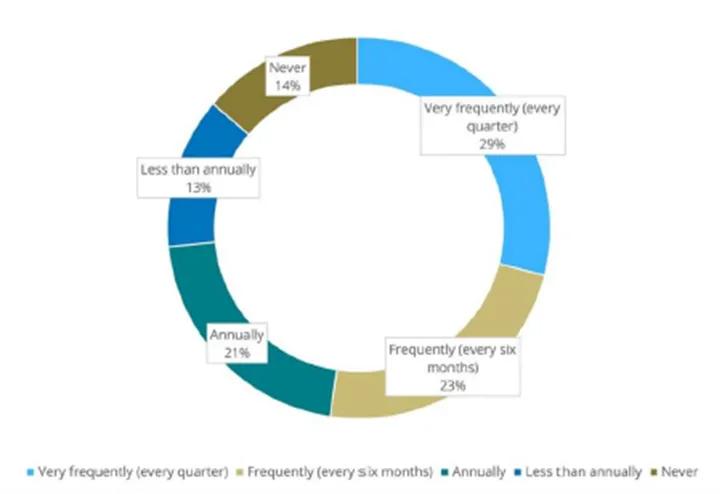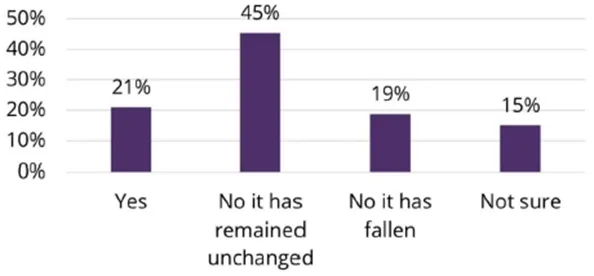
Construction productivity: measuring the unmeasurable
In the last article, I shared some reflections on the Office of National Statistics (ONS) 2021 investigation into productivity growth and its drivers for the UK construction industry.
In the article I highlighted an issue with the measure of productivity being based on gross value add as the output, and the fact this is a financial metric intertwined with a whole host of issues such as market conditions, cost escalation etc.
This got me thinking about my own experience and how productivity has been measured on the major projects, and in the business units, I have commercially led in the UK, Hong Kong, and Australia construction markets.
In this article I will set parts of my experience against a relevant recent published by the RICS titled “RICS Construction productivity report 2023”. The report was the output of answers given in the third quarter of the RICS Global Construction Monitor (GCM) survey 2022 where four productivity related questions were added.
The survey has respondents based internationally, so the research is based on trends across the globe.
Frequency of construction productivity measurement
If you asked a potential investor, or financial stakeholder, how often they think construction productivity is measured, I would guess their answer would be that is measured daily or, at the very least, measured weekly. Given productivity is a lead indicator of future profitability how could a business who accepts so much productivity risk in their contracts measure it less frequently.
The responses are quite shocking. When asked “How often do you measure labour productivity in your construction business?”, only 29% measured labour productivity every quarter with a further 23% measuring every six months, and nearly half of the respondents measuring productivity annually, less annually or never (refer Figure 1).

Figure 1: Frequency of construction productivity measurement
The most frequent option a respondent could answer was every quarter – yes, every quarter (i.e. three months). I initially questioned this as it seemed to infrequent, however the answers indicate that the options given to the respondents were the right ones.
There is no information that I could find to indicate anything about the population of respondents because it may well be that some do not need to know this information to perform their duties. However, you would expect this to be a small fraction that contributed to a slight anomaly in the results rather than undermine the integrity of the research.
When I set these results against my own experience, they are representative of what I have seen in the industry. Most construction businesses have a very binary, and simplistic, measure of their productivity which is profitability. I am always concerned to hear this because profit is a lag indicator and, because it is based on opinion, it tends to be a lag indicator of productivity.
I do see some businesses trying to breakdown their activities and structure their business data to deliver productivity metrics at every level of the organisation (right from the workface to the boardroom). I would say these are some of the most progressive organisations in the construction industry as they are tackling a problem that most prefer to leave on the shelf.
Productivity improvement in the last twelve months
My observations about businesses leaving the productivity problem on the ‘too difficult shelf’ align with the report’s findings into productivity increases over the last twelve months (reference Figure 2). The majority (45%) answered that it remained unchanged with 21% saying it had improved being balanced by 19% saying it had fallen (and 15% not sure).

Figure 2: Global responses to productivity outlook
I would say this is a fair reflection of the state of construction productivity. I haven’t seen, or heard about, most businesses making major strides in this area, and I don’t see construction projects becoming more organised with design, procurement, or installation activities.
This is a concerning trend though because if you are not making progress then, in the fast-paced world we live in, you are falling behind. In an industry where there is so much opportunity to improve productivity, why is it that we struggle so much?
Reflections
I almost certainly think there is a connection between the frequency of measurement and the rate of improvement. As the old saying goes, “you can’t manage what you don’t measure”, and if productivity isn’t being measured then it is an obvious conclusion that it won’t be improved.
This got me thinking about why it is not measured.
I don’t see there is a lack of will among those who work on construction projects or those who need the information as business level. Most I come across would love to have this information in front of them in a way that is concise or accurate. However, organising and structuring their data and systems in a way that allows this information to be produced is a significant challenge for a lot of organisations.
In the next article, I will explore this challenge and offer some views on how it might be managed.
Back to articles
THE SCIENCE OF QUANTIK™
Publications
We publish insights through our LinkedIn newsletter, titled “The science of Quantik”, which are light bites of information covering news and insights relating to the construction industry and quantity surveying.
LinkedIn